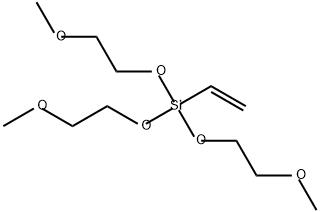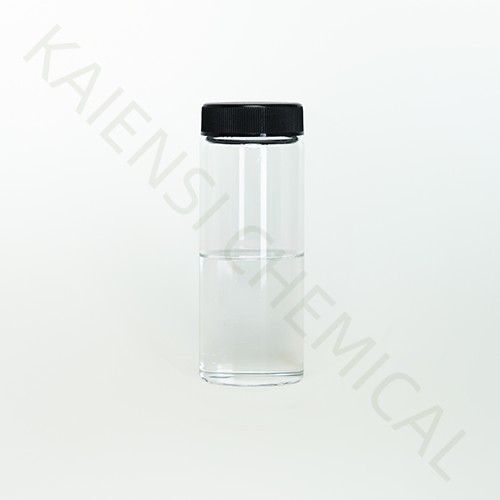CN-172
CN-172
CN-172 is a coupling agent containing vinyl functional groups, which can improve the adhesion between unsaturated polyester resins or cross-linking polyethylene resins. Elastomers and inorganic binders include glass fiber, quartz, silicate And many metal oxides. It can also reduce the sensitivity of the product's mechanical and electrical performance under wet or high temperature conditions.
| TECHNICAL DATA SHEET | |
| Product Name: | Vinyltri- (2-methoxyethoxy) -silane |
| CAS No.: | 1067-53-4 |
| Structural formula: | C11H24O6Si |
 | |
| Characteristic: | CN-172 is a coupling agent containing vinyl functional |
| groups, which can improve the adhesion between unsaturated polyester resins or cross-linking polyethylene resins. Elastomers and inorganic binders include glass fiber, quartz, silicate And many metal oxides. It can also reduce the sensitivity of the product's mechanical and electrical performance under wet or high temperature conditions. | |
| ITEM | Data |
| Appearance | Colorless transparent liquid |
| Purity | ≥98.0% |
| Density 20℃g/ml | 1.02-1.06 |
| Refractive Index 25℃ | 1.4250-1.4350 |
Pakaging: 5L,10L,25L,200L,1000L | |
Reaction properties In the case of water, the methoxy and ethoxy groups of CN-172 will be hydrolyzed to produce β-methoxyethanol and silicon hydroxyl (Si-OH), so that it can connect various inorganic base materials or interact to form silicon Oxygen-silicon bond (Si-O-Si). The vinyl group of the CN-172 terminal organophilic substance can also react with a corresponding suitable polymer (which can be activated by peroxide or radiation). | |
Storage conditions: After the container is opened, it should be sealed to prevent water vapor from entering to produce hydrolysis.Stored in the original unopened container at room temperature, this product has a shelf life of one year from the date of production, and expired products are tested. After passing, the buyer decides whether to continue to use it. | |
Use: Used as a tackifier for various mineral-filled polymers to improve its mechanical and electrical properties.Make the filler hydrophobic, improve the compatibility of the filler and polymer, make the dispersibility better, and reduce the melt viscosity. Improve the adhesion to the inorganic surface, and can also be cross-linked with each other. Improve the dispersion of fillers, improve mechanical properties, mechanical strength, etc. | |
INQUIRY
Categories
LATEST NEWS
CONTACT US
Contact: Mrs.Cindy
Phone: +86 15254267723
E-mail: sales@knschem.com
Whatsapp:-
Add: Rm1010,Bldg.10, No.5 Tianxiang International, Huangdao Dist.,Qingdao City, Shandong Province, China.

